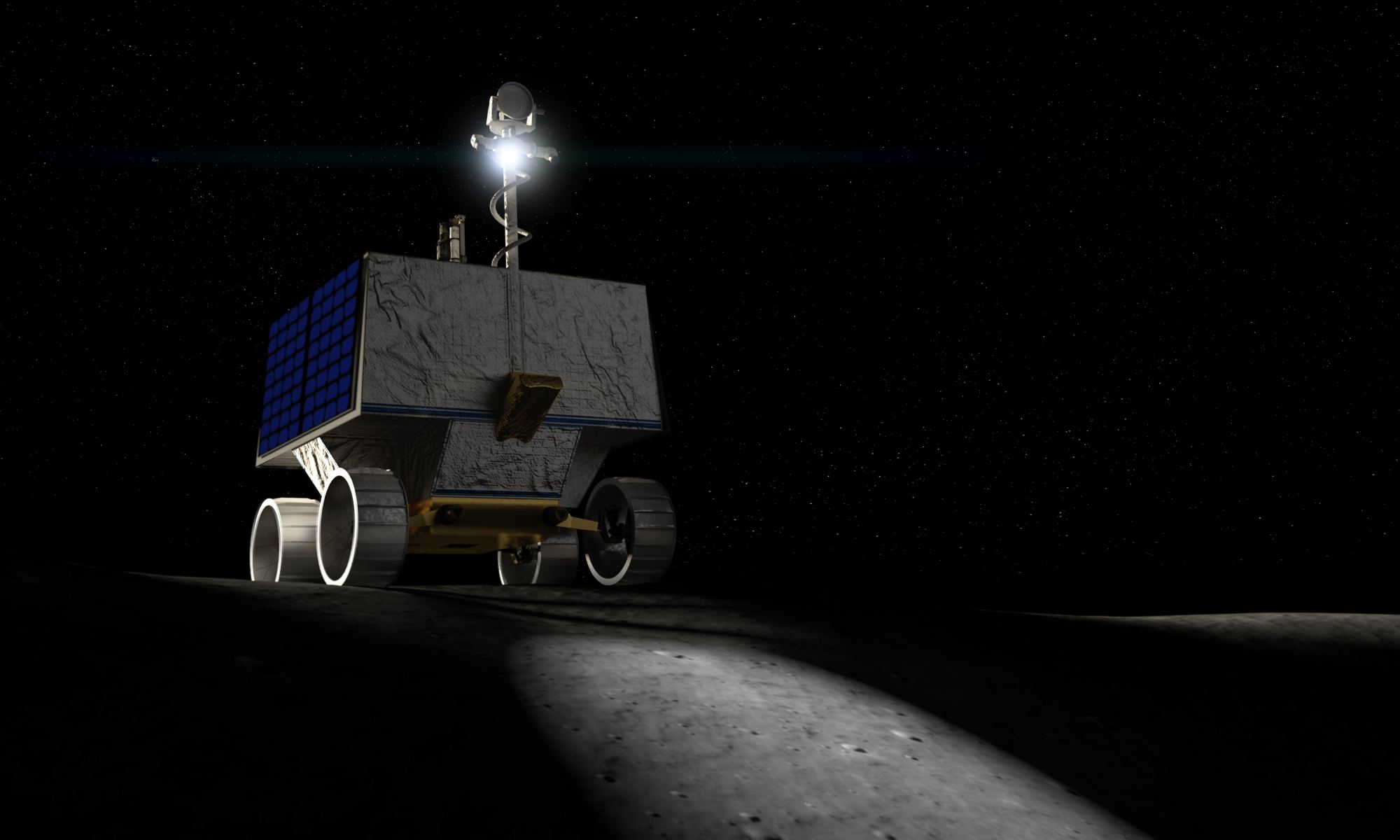Meet VIPER, NASA’s new lunar rover, equipped with a drill to probe the Moon’s surface and look for water ice. VIPER, or Volatiles Investigating Polar Exploration Rover, will carry a one-meter drill and will use it to map out water resources at the Moon’s south pole. It’s scheduled to be on the lunar surface by December 2023, one year later than it’s initial date.
“The key to living on the Moon is water – the same as here on Earth.”
Daniel Andrews, VIPER mission Project Manager, NASA.
The Moon is in humanity’s cross-hairs these days, more specifically, the Moon’s south pole. That’s where NASA’s Artemis program will land astronauts in 2024, if all goes well. So it’s no coincidence that VIPER will be looking there.
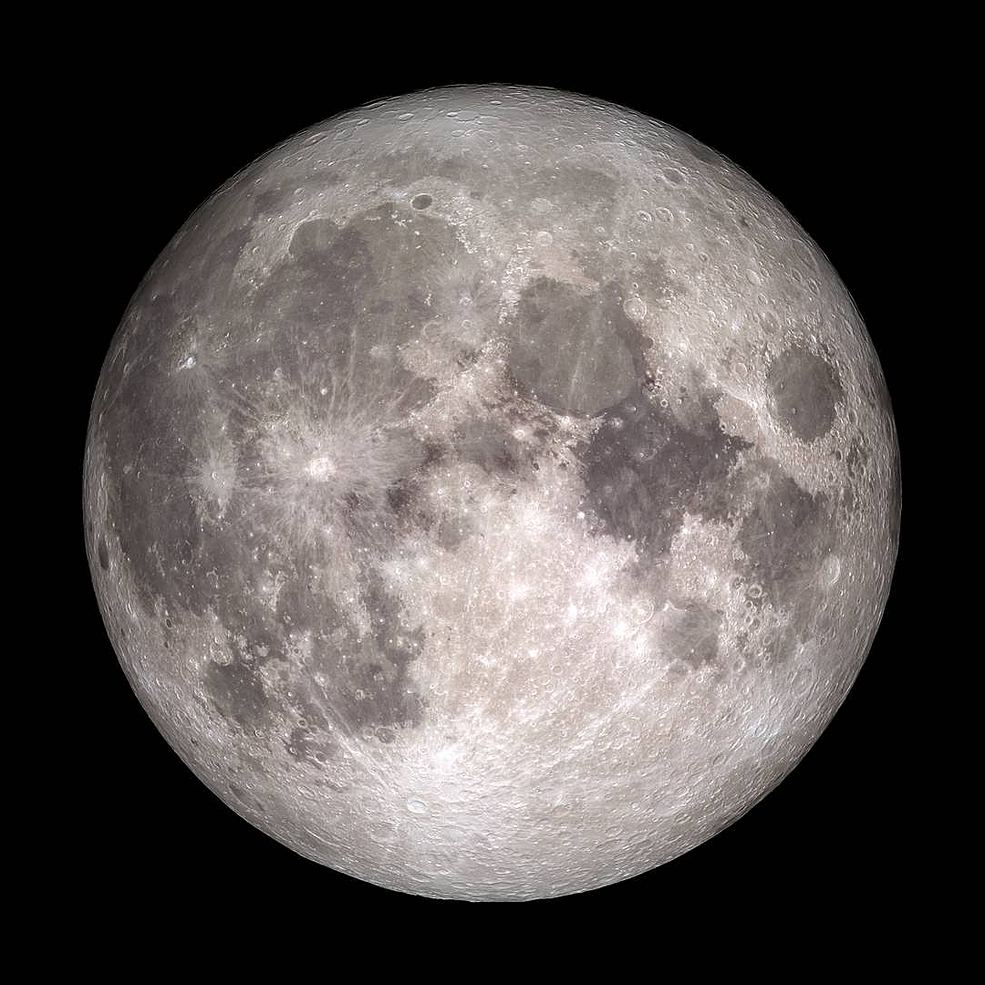
“The key to living on the Moon is water – the same as here on Earth,” said Daniel Andrews, the project manager of the VIPER mission and director of engineering at NASA’s Ames Research Center in Silicon Valley. “Since the confirmation of lunar water-ice ten years ago, the question now is if the Moon could really contain the amount of resources we need to live off-world,” Andrews said in a press release. “This rover will help us answer the many questions we have about where the water is, and how much there is for us to use.”
NASA recently announced a one year delay in the mission, from December 2022 to December 2023, and they’ve reached out to contractors to bid on delivering the rover to the Moon. The 14 companies they’ve talked to are all part of the Commercial Lunar Payload System (CLPS) program.
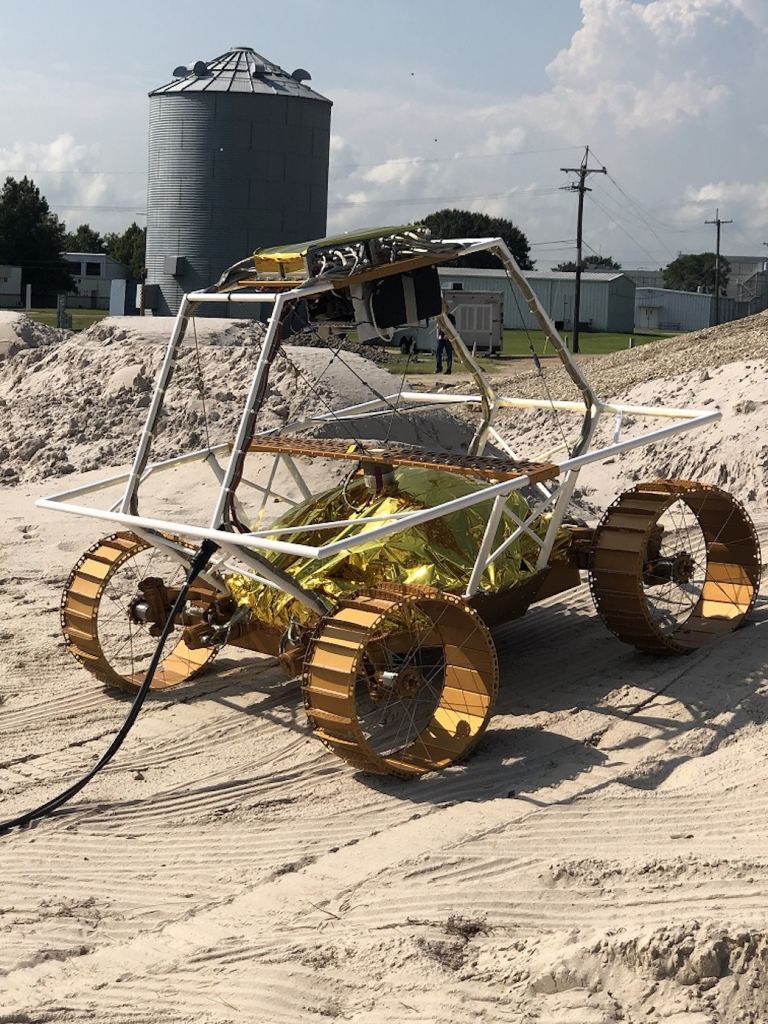
Credits: NASA/Johnson Space Center
VIPER is about the size of a golf cart, and will travel several miles in its search for water. It has four instruments on board:
- TRIDENT: The Regolith and Ice Drill for Exploring New Terrain. This is the 1-meter drill.
- NSS: Neutron Spectrometer System. This can detect hydrogen, and potential water, from a distance. It will help identify good drilling sites.
- NIRVSS: Near InfraRed Volatiles Spectrometer System. This instrument can determine if any of the hydrogen the rover senses is water, or if it’s hydroxyl.
- MSOLO: Mass Spectrometer Observing Lunar Operations. MSOLO can analyze the content of volatiles and minerals.
Other spacecraft have found that water is widespread on the Moon. It’s especially evident in craters on the south pole. Overall, the water is thought to be spread thinly, and not in large deposits. Rather than sheets of ice, think tiny amounts coating soil grains.
The most obvious use for water is for human consumption, both as water and as breathable oxygen. But once you have water, you have access to both molecular hydrogen and molecular oxygen. Those can be used as rocket fuel. They can also be used in various production processes involving chemistry and metallurgy.
VIPER will collect up to 100 days worth of data, and will be critical in developing a water-ice map of the Moon. This is an important step in NASA’s long-term plan, which includes a sustained human presence on the Moon. That lunar presence is not only a goal in itself, it’s important for getting to Mars.
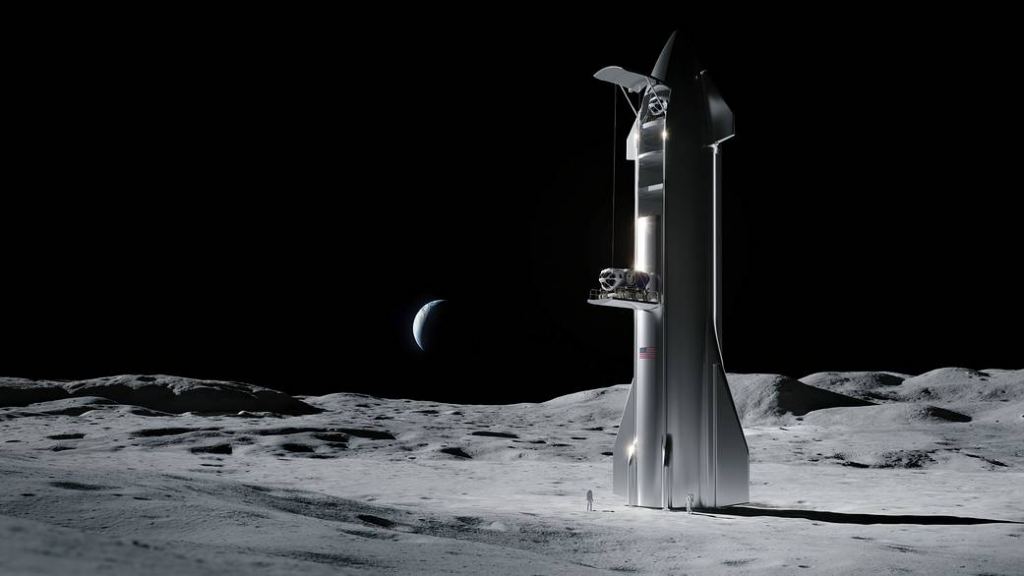
Because the Moon is tilted, there are areas that are in perpetual shadow, and that’s where NASA thinks they can find water ice. The water itself can come from comet impacts, and meteor impacts, but also from the interaction between the Sun and the lunar regolith. There are potentially millions of tons of water on the Moon, and VIPER will help find it and determine how accessible it is.
“It’s incredibly exciting to have a rover going to the new and unique environment of the South Pole to discover where exactly we can harvest that water,” said Anthony Colaprete, VIPER’s project scientist, in an October 2019 press release. “VIPER will tell us which locations have the highest concentrations and how deep below the surface to go to get access to water.”
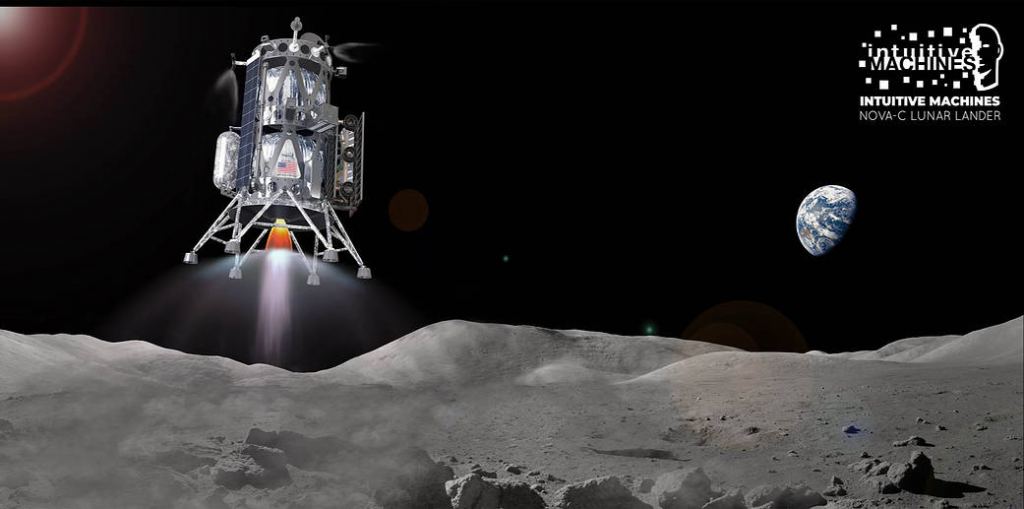
VIPER will work like this: as it roams along the surface, NSS will detect water ice from a distance. Then it’ll use TRIDENT to drill up to a meter deep and retrieve samples. After that, the MSOLO and the NIRVSS will examine the samples to find water and other resources, and to ascertain the amounts.
The 14 companies in NASA Commercial Lunar Services Payload program include Intuitive Machines, Astrobotic Technology, Deep Space Systems, Lockheed Martin Space, SpaceX, and others.
More:
- Press Release: New VIPER Lunar Rover to Map Water Ice on the Moon
- NASA: Commercial Lunar Payload Services
- Universe Today: Good News for Future Moon Bases. There’s Water Inside the Moon

